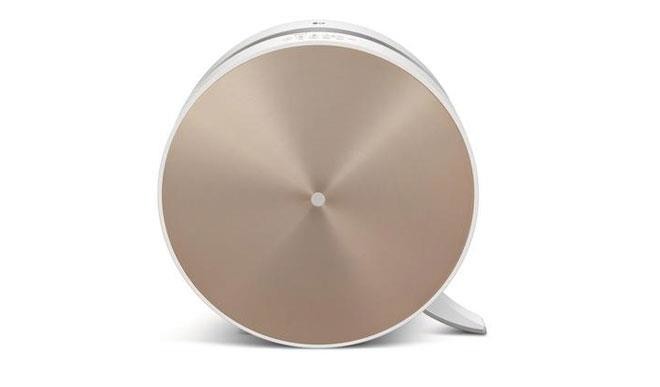LG’s air purifying solution hits Nigerian market
LG Electronics has said its latest air purifier is now available in Nigeria. The company, in a statement at the weekend, said the AS35GVGG0 model employed state-of-the-art air filtration technologies to rid the home of invisible air pollutants. “Sand dust, formaldehyde, particulate matter 2.5 (PM2.5), pollen, dust mites and other harmful airborne contaminants such as […]


LG Electronics has said its latest air purifier is now available in Nigeria.
The company, in a statement at the weekend, said the AS35GVGG0 model employed state-of-the-art air filtration technologies to rid the home of invisible air pollutants.
“Sand dust, formaldehyde, particulate matter 2.5 (PM2.5), pollen, dust mites and other harmful airborne contaminants such as sulfur dioxide (SO2) and nitrogen dioxide (NO2), are no match for LG’s comprehensive air purifying solution.
“The winner of a 2014 Red Dot Design Award and an International Design Excellence Award (IDEA), the air purifier boasts of a unique circular shape that adds a touch of sophistication to any environment,” the company said.
It said the LG AS35GVGG0 air purifier improve air quality in the home, utilising an array of advanced filters to keep invisible pollutants at bay.
LG said: “The first line of defense is provided by the dual protection filter, which removes large dust particles, hair, pet fur and even bacteria from the environment. Next, the Allergy HEPA Filter, powered by 3M Tech, does its part, combating particulate matter 2.5 (PM2.5), sand dust, allergens, pollen and mold. The triple care filter then rids the home of formaldehyde (92 per cent, 2 hours), a highly toxic chemical that has the potential to cause serious illness, within only one hour of operation. It also removes smog-causing pollutants such as sulfur dioxide (SO2) and nitrogen dioxide (NO2) and reduces the presence of nasty smells. For a final round of purification, the Plasmaster ionizer sends out over two million Plasmaster ions to sterilise the air; protecting users against potentially harmful contaminants, including viruses, allergens and bacteria.”
